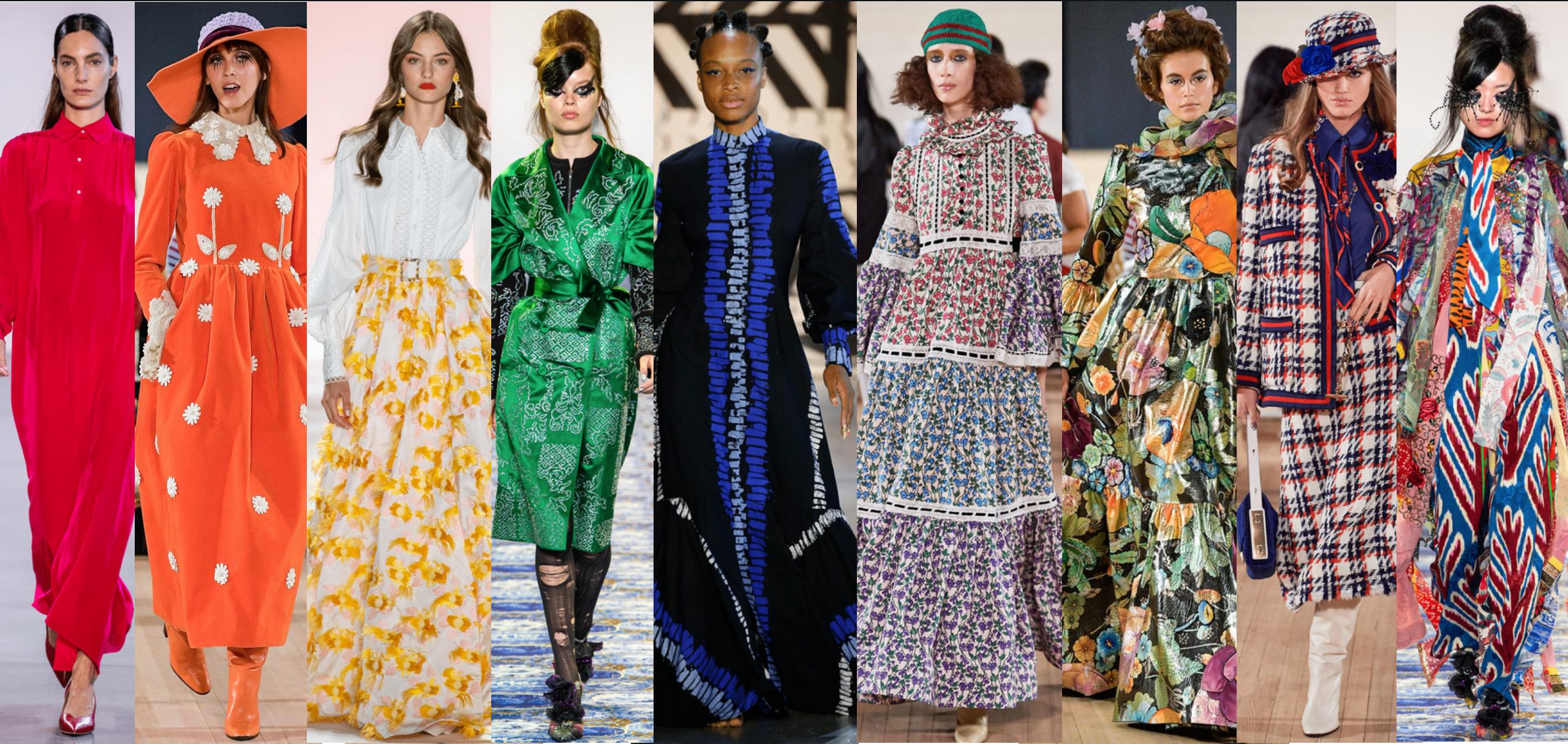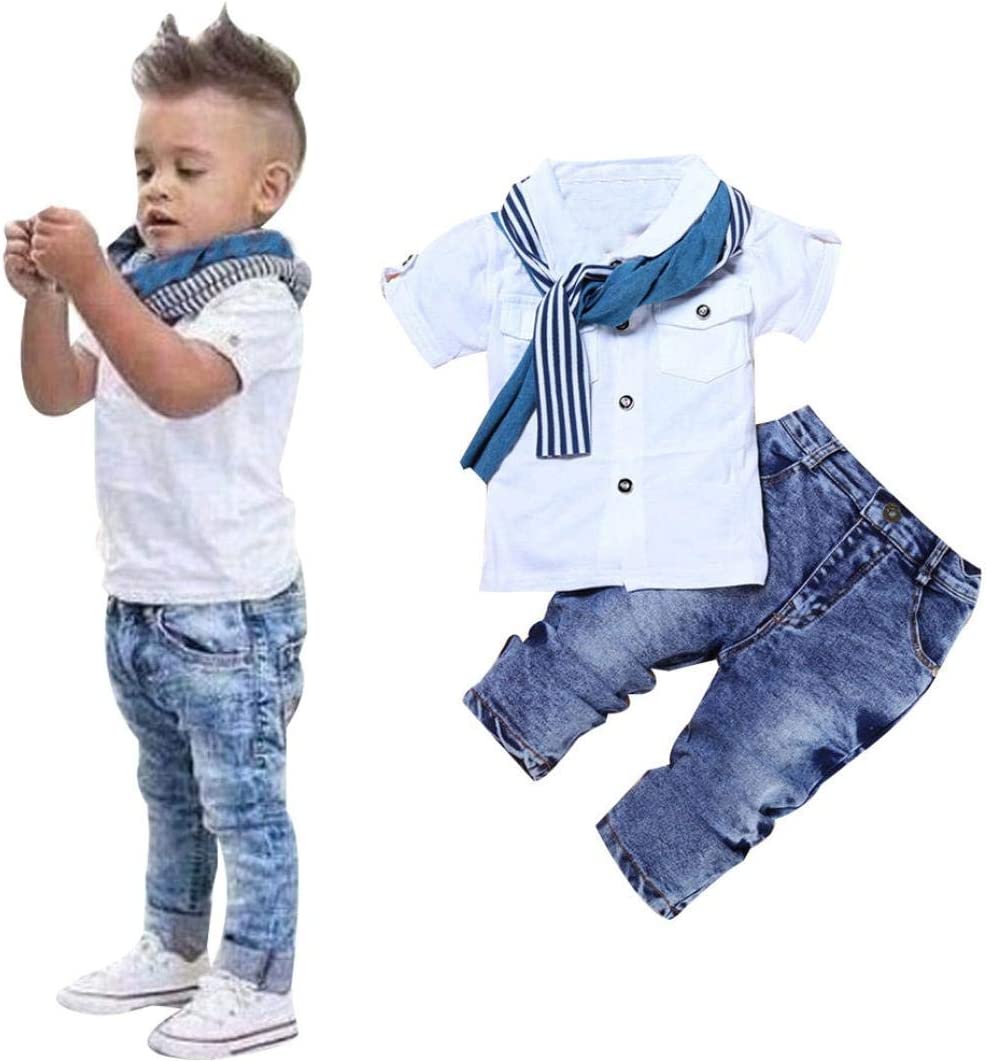
Fashion weeks, an annual event in the fashion industry, lasts for one week. During this time, fashion designers exhibit their latest collections on runways and present them to buyers and media, thus influencing future fashion trends. These are the top points to remember when you're considering taking part in one of these weeks. Here are some benefits of participating fashion weeks. Keep reading to learn more. We'll also be discussing the best of each.
Exposure
Fashion weeks give brands the chance to reach new audiences. Participation at fashion weeks can generate $258 million in Media Influence Value (MIV), according to research. Launchmetrics as well as IMG conducted the study. The results showed that brands that were exposed during fashion weeks received 180 percent more MIV (Media Impact Value) than those who didn't. Other MIV dollars are derived from conversations during the main seasons and coverage surrounding these weeks throughout the year. Designers can also reach new markets through participation in fashion weeks - some may even reach seven.

A fashion week can provide valuable exposure and many other benefits to your business. Exposure during fashion Weeks is not only beneficial for your business but also for the long-term brand benefit. The best brand strategies have seen an increase in show value of 25 percent. Exposure during fashion week can be a great way to get noticed, regardless of whether you are a newcomer or an established company.
Prices
New York Fashion Week has over 120 shows annually, making it a very expensive venture for any designer. It costs thousands of dollars for designers to host a show. However, some designers are able to keep their expenses within the six-figure limit. This means that if you're an exceptional designer, it is worth every penny. However, the cost of setting up a fashion week isn't the only factor to consider. Other factors to consider include the cost for producing a collection.
Luxury brands have been a leader in the fashion industry for years. With nearly $16 Billion in revenues this year, they've been one of the most forward-thinking brands in the business. Fashion weeks' carbon footprint isn't always as glamorous as people believe. The carbon footprint of fashion week travel is nearly 241,000 tonnes. This is equivalent to 42,000 homes being powered for a year. It is important that fashion weeks are more sustainable for everyone.
Dimensions of the shows
Designers need to be inclusive, since there are large numbers of women who are plus-sized. Fashion shows that include size inclusion are not always easy. During Fashion Week, 28 designers showcased plus-size models. Out of eight hundred and sixty-six looks, 65 were made for plus-size bodies. This figure is only 3% out of the total number seen at the event. This number is still quite low, but not insignificant because 70 percent of women at the event are plus-sized.

Locations
Since centuries, the fashion industry has changed and is now represented worldwide by many cities. The fashion industry has centers in cities where design and production firms are located and in some cases, fashion weeks take place there. Here are some places where fashion week has taken place. These are New York City, Paris and London. These are the top fashion weeks. Wikimedia Commons is a great place to start learning more.
FAQ
Are there any clothing stores online?
There are plenty of clothing stores online. Some provide free shipping and returns. Others charge a small fee.
Online clothing shops sell everything, from swimsuits to jeans.
The store will have a different selection. Some sites offer only men's clothing, while others have both.
What's the difference between high-end and low-cost clothing?
Cheap clothing can be of low quality and have limited features. While high-end clothing can be more costly, they offer many more features.
Celebrities and models are more likely to choose high-end brands. These clothes are often worn on red carpet events and runway shows.
What is a trend in fashion?
A fashion trend is a set of rules for dressing up. It is your way of showing off your style through your clothes. Fashion trends cover everything, including hairstyles and colors.
Think back over the past years and you'll notice that women wore pants instead of skirts. Skirts were very popular in the 2000s but went away for a while. They are making a comeback.
The same happened to dresses. The popularity of dresses has declined over time. They came back then.
When you follow a fashion trend, you don't necessarily need to dress exactly like everyone else. You can still be your own person.
Statistics
- The middle 50 percent earned between $42,150 and $87,120. (en.wikipedia.org)
- The lowest 10 percent earned less than $32,150, and the highest 10 percent earned more than $124,780. (en.wikipedia.org)
- Nano influencers have less than 10K followers and have the highest engagement rate with 4%. (thetechfashionista.com)
- Finally, Express carries petite sizes, which, according to the retailer, are meant for women 5'4″ and under. (collegefashion.net)
- According to Water, [41] The annual Academy Awards ceremony is also a venue where fashion designers and their creations are celebrated. (en.wikipedia.org)
External Links
How To
How to Style Clothes
How to style clothes? It's important to wear what you like. Fashion trends change daily. Don't try to emulate someone else's style. Learn from them and create your unique style!
It is important to keep styling simple. You want to look good so don't spend too much time trying to find the right fit. You can choose whatever you like, whether it's a shirt, pants or jacket. You can combine them all to make one outfit. As long as the pieces are well coordinated, it doesn’t matter how many you have. You can also mix and match colors and patterns to make different outfits.
Accessory can make any outfit complete. Accessories are typically small accessories, such as scarves and hats, watches or necklaces, bracelets or earrings, purses, and rings. Accessories will give your outfit a pop and add some style to it. When shopping for accessories, think about what colors complement your clothing and which ones contrast with it. If you have blue jeans and red shoes, you might consider a red scarf.